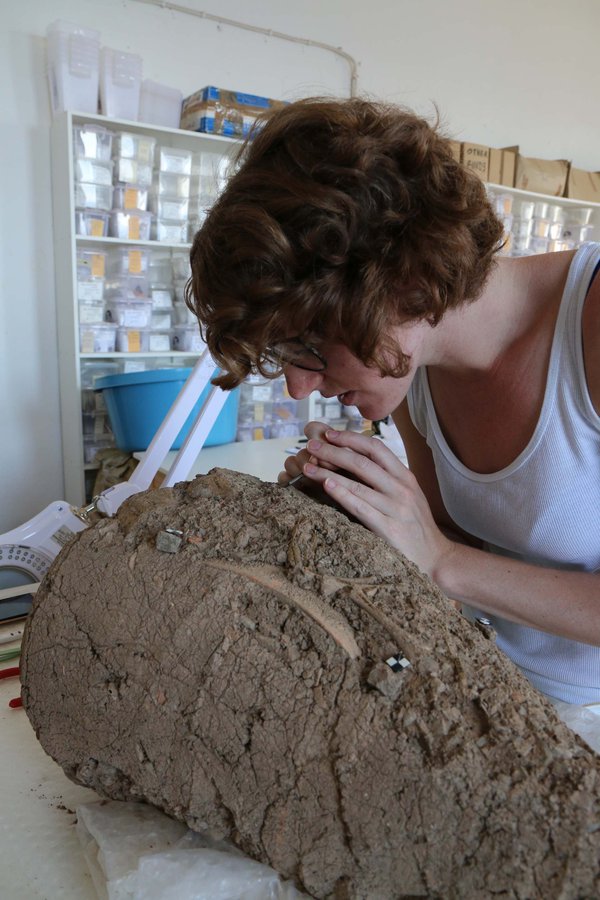
Submitted 29 January 2018 by Simon Hillson
Field school sexual harassment policy: https://www.ucl.ac.uk/students/policies/conduct/harassment-and-bullying-policy

Applications are now open for the summer 2018 field school and all the details are on the project website: https://sites.google.com/site/fieldschoolastypalaia/. There is also a facebook page: https://www.facebook.com/Astypalaia-Bioarchaeology-Field-School-1601002966819805/
This five week field school takes place on Astypalaia, a small, beautiful island in the Aegean Sea and part of the Dodecanese region in Greece. It is based on a unique archaeological site – the largest ancient children’s cemetery in the world, with at least 3400 children’s burials. In the field laboratory overlooking the sea, students learn the specialist skills required to excavate, record, identify, conserve, measure and catalogue the tiny bones and teeth of young children. This is one of the few sites in the world where children’s remains are abundant enough to provide such experience. Everyone carries out all the tasks required for each burial and so gains a useful range of experience for work on human remains. The project is constantly developing new techniques and the picture shows a projection from a three dimensional scan of one of the burials.
The children’s cemetery is just below the modern town, which is on the site of the ancient Classical city of Astypalaia. The burials are in pots, mostly large amphorae previously used to transport the goods traded by the city. Their form suggests that they came from all over the Aegean between around 750 B.C. and A.D. 100. The Field School is taught within a long-term project involving collaboration between the Ephorate of Antiquities of the Dodecanese (part of the Ministry of Culture of Greece) and Professor Simon Hillson at University College London.
Dates: Sunday July 1 to Friday August 3, 2018
Project director: Professor Simon Hillson, UCL Institute of Archaeology, University College London
Copyright © 2024 American Association of Biological Anthropologists.
Site programming and administration: Ed Hagen, Department of Anthropology, Washington State University